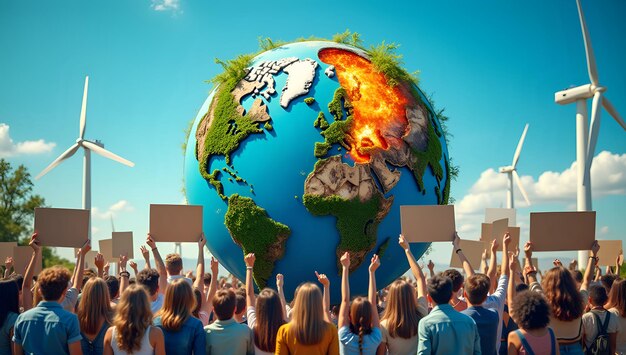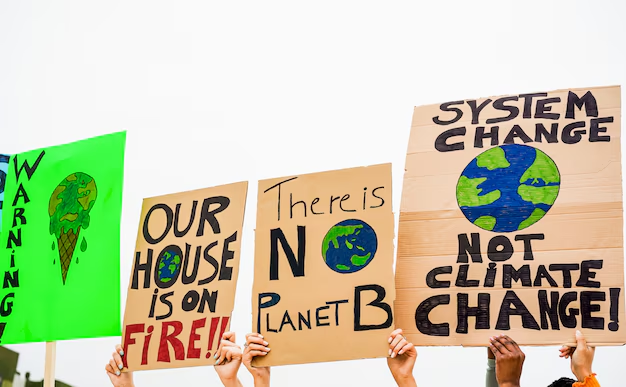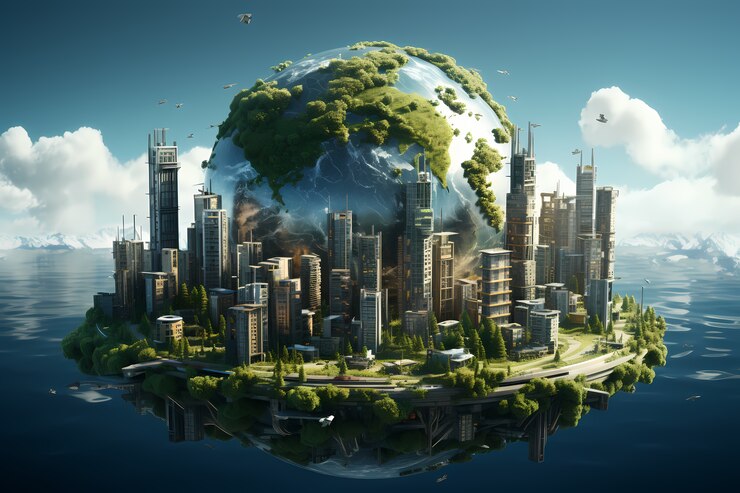How Changing Politics Are Affecting Climate Change Policies

Politics and climate change have always been uneasy bedfellows. One demands long-term vision and global cooperation; the other thrives on short-term wins and national interests. As the world grapples with rising temperatures, shrinking ice caps, and increasingly wild weather, the political landscape keeps shifting under our feet. Nowhere is this more evident than in the United States, where Donald Trump’s re-election in 2024 has once again thrust climate policy into the spotlight. With his “drill, baby, drill” mantra and skepticism about climate science, Trump’s return to the White House signals a seismic shift in how one of the world’s biggest polluters tackles—or sidesteps—the climate crisis. But it’s not just about Trump. Across the globe, changing politics are reshaping the fight against climate change in ways that could either stall progress or, surprisingly, spark new momentum.
Trump’s Election: A Familiar Playbook with Bigger Stakes
Donald Trump’s victory in November 2024 wasn’t a surprise to everyone, but it’s already sending shockwaves through the climate policy world. During his first term (2017–2021), he pulled the U.S. out of the Paris Agreement, rolled back over 125 environmental regulations, and championed fossil fuels with a gusto that left green advocates reeling. Now, with a Republican-controlled Senate and a more seasoned administration, Trump 2.0 promises to double down. On his first day back in office, January 20, 2025, he issued executive orders to exit the Paris Agreement (again) and declare an “energy emergency” to fast-track oil, gas, and coal projects. His team has also vowed to gut the Inflation Reduction Act (IRA)—Biden’s landmark climate law that pumped billions into clean energy—though that might hit resistance from red-state Republicans who’ve come to love the jobs it’s created.
Trump’s view on climate change hasn’t budged much. He’s called it a “hoax” and dismissed sea level rise as a chance for “more oceanfront property.” His focus is clear: boost American energy dominance through fossil fuels, not curb emissions. For a country that’s the second-largest emitter of greenhouse gases globally, this isn’t just domestic policy—it’s a blow to international efforts. The timing couldn’t be worse. Scientists say we’re on track to blow past the Paris goal of limiting warming to 1.5°C, and 2024 was already the hottest year on record. With the U.S. stepping back, the pressure’s on other nations to pick up the slack—but will they?11``
Beyond the White House: A Global Ripple Effect

Trump’s election doesn’t exist in a vacuum. Around the world, political winds are shifting, and climate policies are caught in the crosshairs. In Germany, polls suggest the conservative Friedrich Merz could take power in 2025, prioritizing economic growth over green goals. Australia’s May 2025 election pits a Labor government pushing renewables against a Liberal opposition eager to scrap 2030 emissions targets and cozy up to mining interests—echoing Trump’s fossil fuel fervor. Even in progressive Chile, a right-wing surge could pivot the country toward lithium extraction over decarbonization.
These shifts matter because climate change is a team sport. The U.S. pulling out of the Paris Agreement in 2017 didn’t tank the deal—other nations stuck to it—but it weakened global momentum. Now, with Trump back and whispers of exiting the UN Framework Convention on Climate Change entirely, the stakes are higher. Developing nations, already stretched thin by climate impacts they didn’t cause, rely on U.S. funding that’s likely to dry up. At COP29 in Baku in November 2024, the mood was grim as negotiators braced for a U.S.-sized hole in climate finance. Yet, some argue the world’s learned its lesson from Trump’s first term—countries like China and the EU might step up, though their own political pressures (economic slowdowns, energy security) could temper that ambition.
The Unexpected Twist: Clean Energy’s Staying Power

Here’s where it gets interesting. Despite Trump’s agenda, the clean energy train might not derail as easily as it did last time. The IRA has poured over $370 billion into wind, solar, and electric vehicles since 2022, much of it flowing to Republican states like Texas and Georgia. Local leaders there aren’t keen to lose those jobs, and market forces are on renewables’ side—solar and wind are now cheaper than coal in many places. Some corporations are quietly sticking to carbon neutrality goals, betting on long-term economics over short-term politics.
Trump can slow the transition—say, by axing EV tax credits or methane rules—but he can’t stop it cold. States like California are already doubling down, with Governor Newsom calling a special session in late 2024 to “Trump-proof” climate policies. And globally, the shift to clean energy is less about ideology and more about cold, hard cash. China’s dominance in solar panels and batteries isn’t pausing for American politics. Could Trump inadvertently push others to lead? Some think so—Africa, with its renewable potential, might seize the moment with the right investment.
What’s Next?
The next few years will be a tug-of-war between political will and planetary reality. Trump’s election might feel like a gut punch to climate hawks, but it’s not game over. The laws of physics don’t negotiate, and extreme weather—think 2024’s record hurricanes—won’t let us forget what’s at stake. Changing politics can stall progress, sure, but they can also force innovation in unexpected places. The U.S. might step back, but cities, states, and even other nations could step up. The question is: will it be enough, and will it be in time?




